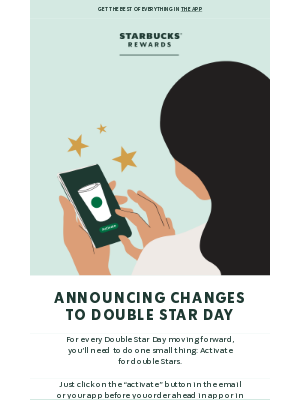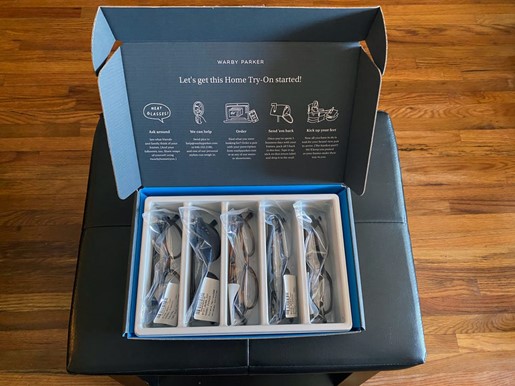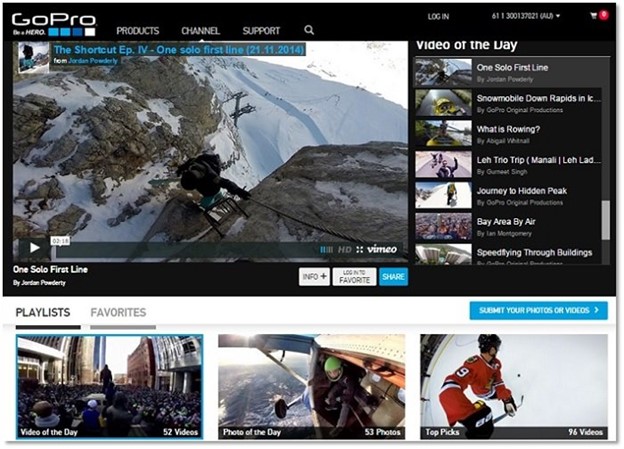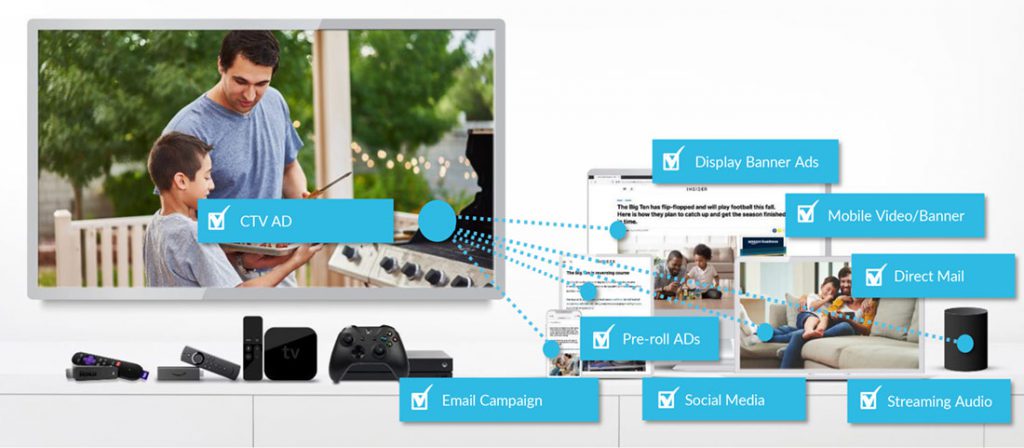Reaching and engaging consumers has become both more challenging and more exciting. Consumers are shopping across more platforms and channels, both offline and online. By targeting consumers across channels, brands can create a cohesive and personalized customer experience.
However, while marketers understand the importance of multichannel marketing, only 14 percent of organizations say they are currently running coordinated marketing campaigns across all channels.
What is Multichannel Marketing?
Multichannel marketing utilizes multiple communication channels to engage with customers. This approach acknowledges that consumers interact with brands through a multitude of platforms, both online and offline. The goal is to provide a seamless experience, ensuring that customers receive consistent messages and value across different touchpoints.
Benefits of Multichannel Marketing
By utilizing various channels, businesses can connect with customers who have different preferences and habits. It’s about targeting the right consumers where and when they prefer.
Engaging customers through their preferred channels also boosts their interaction and involvement with your brand, leading to higher levels of engagement and conversions. A consistent presence across multiple channels helps guide customers through the buying journey.
Check out this list of stats showcasing the power of multichannel marketing:
- Companies with an effective multichannel strategy can retain 89 percent of customers.
- About 72 percent of people would like to connect with brands through multiple channels.
- About 86 percent of consumers regularly switch between two channels while shopping. In fact, 25 percent have bought things from a brand’s online store while standing in the company’s physical store.
- Companies with strong multichannel strategies usually see about a 9.5 percent YOY return, while companies without said strategies see around 3.5 percent.
3 Steps to Launching a Successful Multichannel Marketing Strategy
Step 1: Define Your Goals and Objectives
Every successful strategy begins with clear goals. Determine what you aim to achieve with your multichannel marketing efforts. Is it increased brand awareness, lead generation, sales growth, or customer retention? Having specific objectives will help you tailor your strategy accordingly.
Step 2: Know Your Audience
Understanding your target audience is essential. Identify their preferred channels and behaviors to tailor your strategy accordingly.
- Data Insights: Start by gathering and analyzing data on your existing customers and potential market. This includes demographics, psychographics, behavior patterns, purchase intent, and preferences. Use an “All-Party” data solution that encompasses your own first-party data as well as second, third, and zero-party data.
- Create Buyer Personas: Develop detailed buyer personas representing different segments of your audience. These personas should encompass traits, goals, challenges, and preferences.
- Surveys and Feedback: Engage your current customers through surveys, feedback forms, and social media interactions. These insights can offer direct glimpses into their thoughts and feelings.
Step 3: Channel Selection
Choose channels that align with your audience’s preferences and your goals. Be sure to maintain a consistent brand voice and message across all channels.
Email Marketing
Email marketing, when integrated into a comprehensive multichannel approach, amplifies the impact of each channel and creates a cohesive and personalized customer experience.
Email is a particularly great channel for delivering personalized messages directly to your audience’s inbox. By utilizing data from various channels, you can personalize content to individual preferences, creating a sense of intimacy that drives engagement.
Email serves as a powerful tool for cross-promotion. For example, you can promote social media contests, webinars, or exclusive offers through emails, driving traffic and engagement to other channels. Or use email to deliver time-sensitive offers, reminders, and updates. For instance, an email can follow up after a customer interacts with your social media ad.
Example of Email Marketing in Multichannel Strategies
Starbucks’ Rewards Program: Starbucks, a renowned coffeehouse chain, leverages email marketing within its multichannel strategy to engage customers and promote its rewards program. They send personalized emails to members, notifying them about their reward status, exclusive offers, and new product launches. These emails drive customers to their physical stores while also encouraging engagement on their mobile app.

Nike’s Multichannel Launch Campaigns: Nike effectively combines email with other channels for product launches. They send teaser emails to subscribers before a new product launch, directing them to their website or mobile app for more information. This integration generates excitement across different platforms and maximizes the impact of their campaigns.
Direct Mail
A physical piece of mail engages the sense of touch, making it more memorable than digital communications. The act of holding a postcard, letter, or brochure triggers a different kind of interaction that enhances brand recall.
Especially amid the constant stream of digital notifications, direct mail stands out as a unique and unexpected touchpoint. Recipients are more likely to pause and engage with a physical piece of mail, leading to increased attention to your message.
Just like in digital marketing, direct mail can be personalized and tailored to specific recipients. Advanced data analytics enable you to segment your audience and create highly targeted mail campaigns.
Direct mail doesn’t exist in isolation. It’s most powerful when integrated with other channels. Include QR codes, personalized URLs (PURLs), or social media information on your mail pieces to guide recipients to your online channels.
Additionally, unlike fleeting digital messages, physical mail can have a longer lifespan. Recipients might keep mail pieces on their desks or refrigerators, providing ongoing exposure to your brand.
Case Studies of Direct Mail in Successful Multichannel Strategies
- Lululemon’s Catalog Integration: Lululemon, a popular athletic apparel brand, combines direct mail with its online presence. They send out print catalogs that showcase their latest products and include QR codes that lead customers to their website for more details or to make purchases. This integration bridges the gap between physical and digital experiences, driving both online and in-store engagement.
- Warby Parker’s Try-On Kits: Warby Parker, an eyewear brand, sends direct mail try-on kits to potential customers who are interested in their glasses. These kits allow customers to try on a selection of frames at home before making a purchase. The direct mail experience complements their online shopping process, providing a tactile and interactive engagement.

Social Media
With billions of users engaging daily, social media offers an unparalleled opportunity for businesses to connect with their audience on a personal level. Combining the force of social media marketing with a multichannel approach becomes a force of brand amplification, engagement, and connection.
Social media platforms allow you to reach a vast audience while also offering advanced targeting capabilities. You can tailor your content to specific demographics, interests, and behaviors, ensuring that your message resonates with the right people.
Social media also provides a two-way communication channel, enabling real-time interaction with your audience. Engaging posts, comments, and direct messages create a sense of community and build lasting relationships.
Through visual content, videos, and posts, you can shape your brand’s identity and narrative on social media. Consistent branding across platforms reinforces your messaging and enhances brand recognition.
Social media encourages users to create content related to your brand, from reviews to photos of your products. This UGC not only serves as authentic testimonials but also contributes to a sense of community around your brand.
Case Studies of Social Media in Multichannel Strategies
GoPro’s User-Generated Content: GoPro encourages its customers to share their action-packed videos and photos on social media using the hashtag #GoPro. The company then curates and shares the best content on its official social media accounts, website, and emails. This user-generated content strategy strengthens community engagement and brand loyalty.

Apple’s Product Announcements: Apple’s product announcements are eagerly awaited events. They use social media platforms, especially Twitter and YouTube, to live-stream their announcements and share engaging visuals. This strategy not only generates social media buzz but also drives traffic to their website and physical stores.
Connected TV (CTV)
CTV now reaches two out of three US viewers, and daily CTV usage has grown by over 100 percent since 2017, per Nielsen research.
One of the most compelling features of CTV is its ability to deliver targeted content to specific demographics, interests, and locations. This level of precision ensures that your message reaches the right audience, enhancing the effectiveness of your campaigns. In fact, 86 percent of consumers are willing to see ads on CTV, especially if they are relevant to them. However, 40 percent of viewers will stop watching CTV if there are too many ads, but they are willing to watch up to 5.8 ads if they are relevant to the viewer.
Connected TV complements other digital channels seamlessly. For instance, a viewer might see an advertisement on CTV, search for more information on their smartphone, and then complete a purchase on their computer.

Connected TV enables interactive experiences, such as clickable ads, polls, quizzes, and shoppable content. Viewers can directly engage with your brand and take action without leaving their couches.
Case Studies of CTV in Multichannel Strategies
Sephora’s Beauty Product Promotion: Sephora used CTV as part of their multichannel marketing strategy. They ran CTV ads showcasing their beauty products and encouraging viewers to visit their website or mobile app for more information. This integration bridged the gap between television and digital platforms, driving engagement across channels.
Domino’s Interactive Ads: Domino’s Pizza ran CTV ads with interactive elements, allowing viewers to place pizza orders directly through the ad. This seamless interaction integrated television advertising with real-time purchasing capabilities, showcasing the potential of CTV in driving direct sales.

Conclusion
The power of multichannel marketing lies in its ability to create a cohesive and impactful brand experience that transcends individual platforms. By engaging customers across a variety of channels, businesses can reach wider audiences, foster engagement, and nurture long-lasting relationships.




